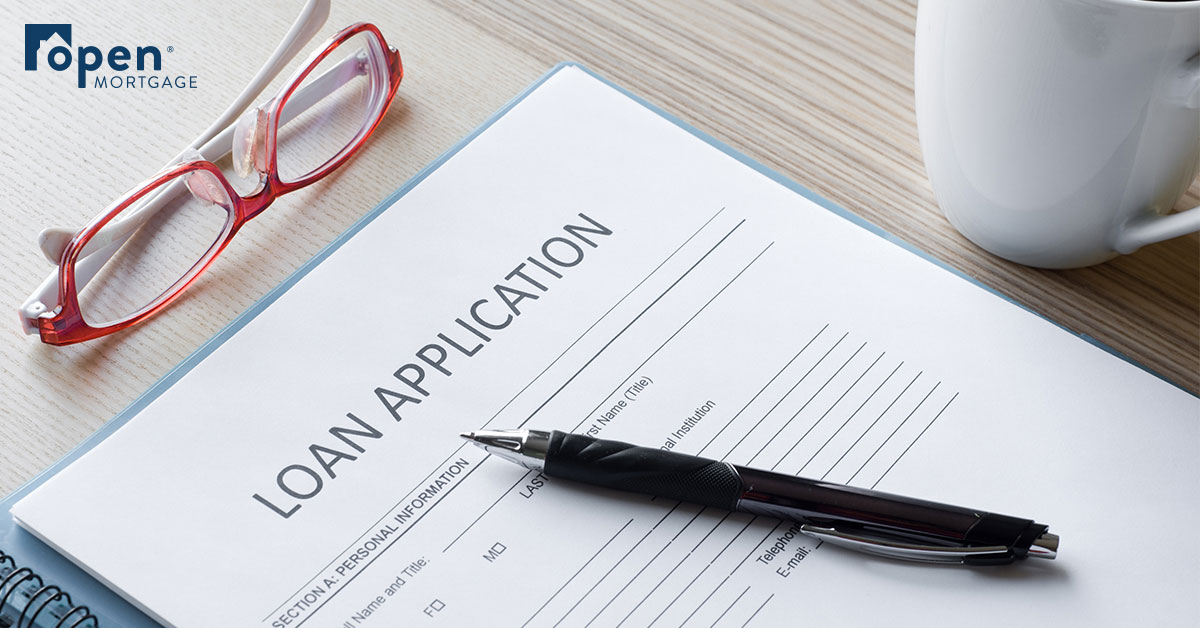
Buying a Home After a Foreclosure is Possible
Efforts to combat the coronavirus pandemic included several protections for homeowners who lost income or otherwise struggled to pay their mortgages. Forbearance programs, stimulus payments, and unemployment enhancements were all intended to help avoid the long-term effects of a foreclosure.
Unfortunately, it won’t be enough for everyone. It’s likely an uptick in foreclosures is still on the horizon, and many borrowers are still recovering from a foreclosure that pre-dates COVID-19. The good news is that while a foreclosure may put a pause on your dreams of homeownership, it doesn’t have to end them forever.
Stabilize Your Finances
If you recently experienced a foreclosure or cannot avoid one in the future, your priority should be to stabilize your financial situation. Don’t let your past hardships continue to create problems that will only add more time to your recovery.
You’ll want to be sure that your budget can accommodate all of your expenses so that you can begin to rebuild your credit. If your income isn’t enough to meet all of your financial obligations, or you have other debt that you will need to repay, it’s best to focus on addressing those issues first. A steady history of on-time payments and a minimal debt-to-income ratio will be your fastest path back to homeownership.
Make a Plan
Once you have your money habits on track, you can start building a plan to make a mortgage possible again. First, consider speaking with a lender for recommendations on moving forward. Be sure you find out what they will be focused on when you apply for a loan again. Not only will a past foreclosure prevent you from buying a home temporarily, it’s also likely to be very detrimental to your credit score.
You may discover that your next attempt to buy a home will be more expensive, thanks to the lower score or increased down payment requirements. Find out which loan programs you are most likely to qualify for, how soon after a foreclosure they will consider lending to you, and what the down payment requirements may be. This information will help you to add goals and milestones to your plan.
Patience Pays Off
Depending on the type of mortgage you pursue in the future, it will likely be three to seven years before a lender will consider you a viable borrower. Some programs will be more lenient if you can document extenuating circumstances, such as a death or divorce. However, the longer you wait, the less of a role your previous foreclosure will play.
So, while it may be tempting to rush back into a mortgage at first chance, waiting may save you money in the long run. The added time can also increase the impact of your reinvigorated fiscal responsibility. A bigger savings account and a more substantial history of good credit will make your dive back into the housing market more comfortable and affordable.
Let the experts at Open Mortgage provide you with a candid explanation of your mortgage options and advice on your next steps. Call or visit OpenMortgage.com to find more resources to help guide your home search.





